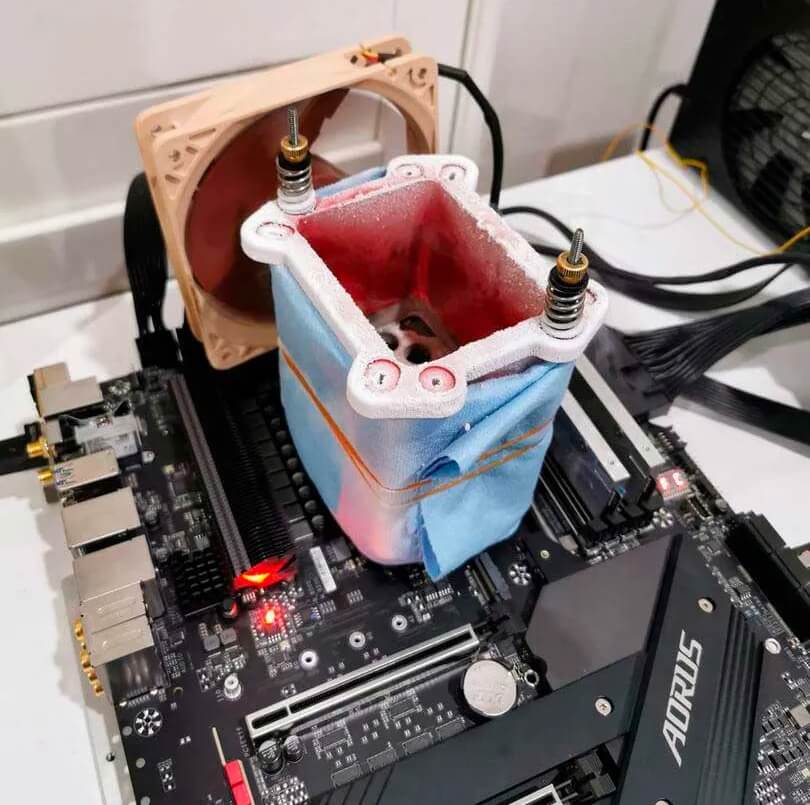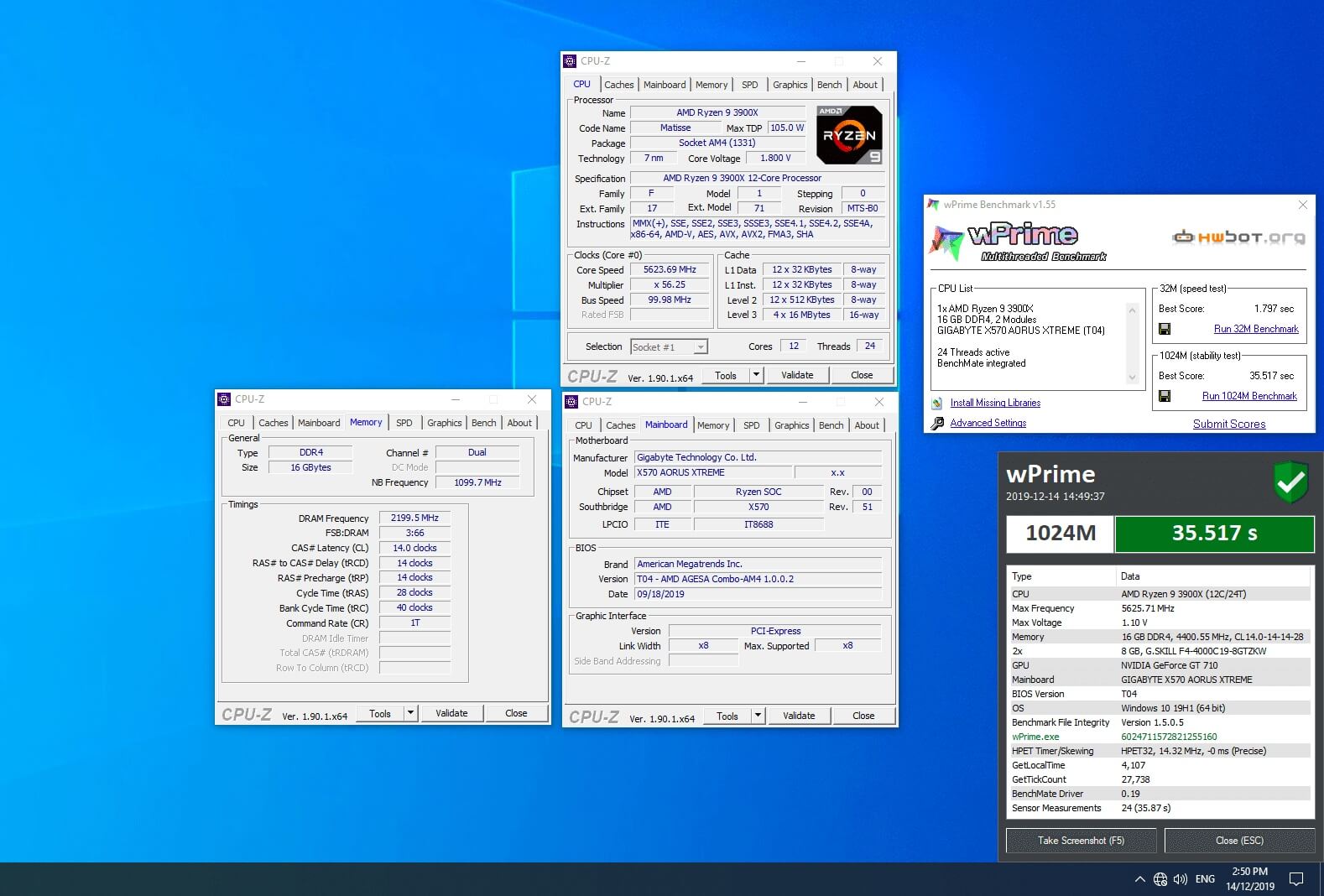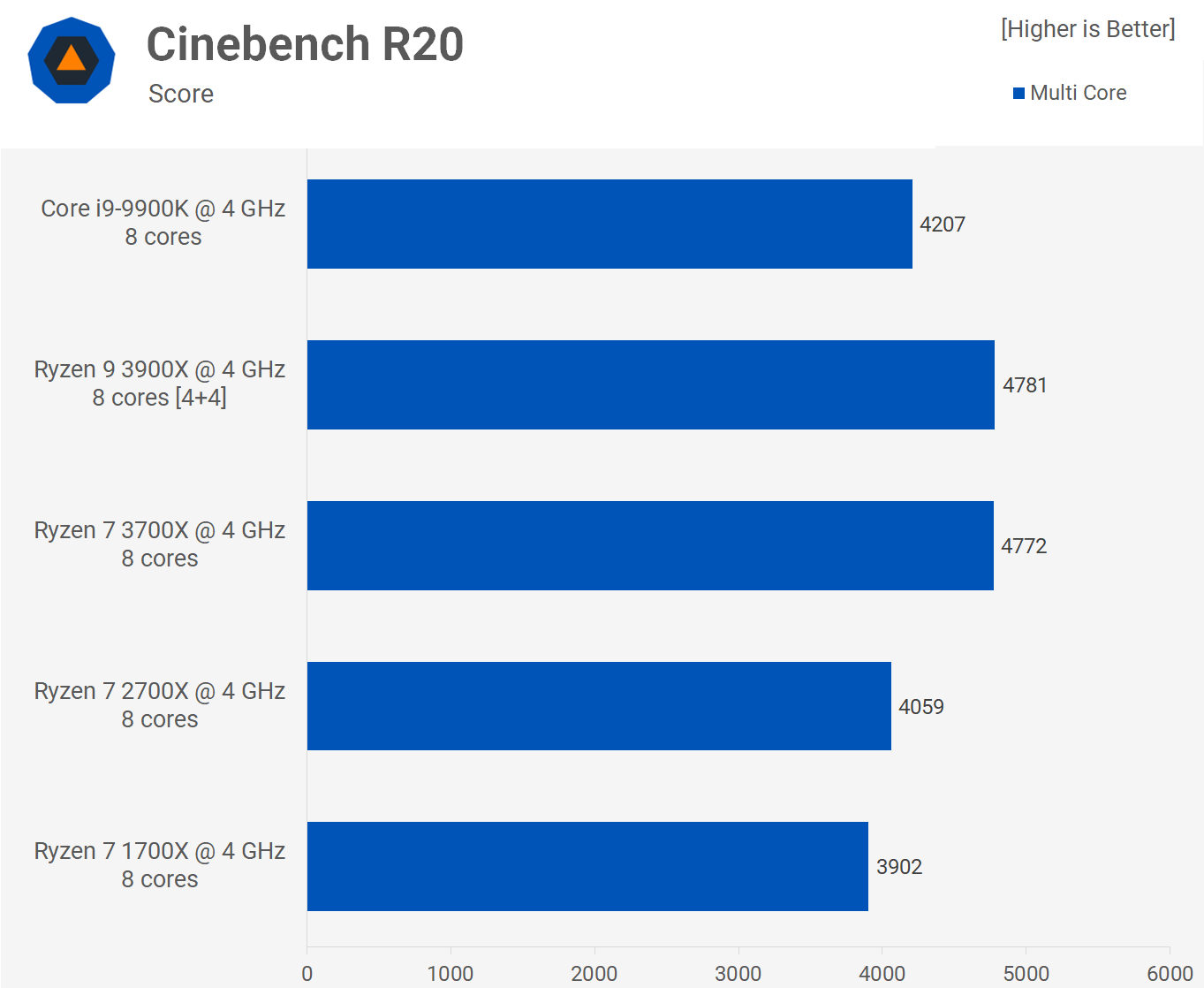One factor that, IMO, will weigh heavily in this is that Intel's current CEO is a business/finance guy much like AMD's previous CEO Rory Reed. AMD's current CEO is firmly grounded in technology.
I find financially oriented people are really more about smoke and mirrors and deflection than anything. Its because they aren't firmly grounded in anything except financials - and lets face it - high level financials is all about making things look like they are not in order to gain competitive advantage.
I think Intel's myriad of recent marketing faux pas reflect this mindset exactly. All these stunts and headlines that seem to be upsetting and ticking off enthusiasts who know better, is just collateral damage of Intel's desire to persuade investors who generally know little about things on the ground.
For example, Intel claiming their list of "real world" programs that are used on desktop, was actually their own data collected from their laptop and tablet users exclusively. Not one desktop was included in the source for that list - and Intel marketed this at presentations and for their shareholders. Its not until some enthusiast gets a hold of the slides and reads the fine print that the lies get exposed. Intel doesn't care because investors don't read that technical fine print, and generally don't read enthusiast tech sites / videos.
Throwing enthusiasts under the bus has had a large play in why in a few short years Gamers Nexus affiliate sales have gone from
95/5 percenatage of Intel to AMD sales to 5/95 for AMD. Again, Intel could care less because in their eyes, the investors
are the customer, and their actual customers are just seen as the milk cow from which to squeeze money.
The latest Intel roadmap slide showing they will be on 1.5nm within 9 years is again, just smoke and mirrors to keep investors happy. Maybe they can hit that, but maybe they should just try to get 10nm out after half a decade of trying, first, before trying to convince us of 1.5nm? Again its a slide for investors "benefits" not ours.
Lisa Su on the other hand is an electrical engineer by trade and worked as an actual engineer for Texas Instruments, Freescale and IBM. At IBM she worked her way through management and their new CEO at the time, who had no semiconductor experience, picked her to be his "right hand man (er ... woman)" to help bridge the gap between him and the company - she was appointed technical assistant to the CEO. She learned about how a CEO should operate and how to decision make, from him.
So the two CEOs (Bob and Lisa) are pretty much polar opposites in how they got to where they are - Bob was always a finance guy, was CFO at eBay before Intel, Lisa worked her way up through businesses from engineer to CEO. This obviously is a huge factor in her success with AMD.
Part of the reason that AMDs SMT is magically so much better than Intel's HT is that she used her connections at IBM to help design the SMT needs for Ryzen. IBM is no stranger to SMT offering up to 4 or more threads per core on some of their CPUs. Its little things like this that give AMD their current advantages here and there.
Intel admitted that they wouldn't be able to to properly respond to AMD in server and desktop markets until 2021 or 2022. So no one needs to speculate that much, Intel's own leaked guidance back near the beginning of the year stated this. Granted, things can change ...
In the meantime, continue to expect them to produce some great looking slides that impress people who don't know better.
Comet lake won't be clocking to 5.5 on air with a 10 core load no matter how much hoping one does. 10nm won't be hitting 5ghz either, and will never be appropriate for high end desktop use. Intel needs to get to 7nm EUV and they need an entirely new architecture ASAP.
Also, I think they need to start abandoning the 5.0ghz marketing ploy -- its quite likely that no smaller node than 14nm will hit 5.0 and still be able to greatly improve on IPC - there's a tradeoff. Intel only reached 5.0 because 10nm was a failure, and that gave them the time needed to continually improve 14nm production, minor refresh after minor refresh after minor refresh for that specific node. Moving to a new node, like 10nm, starts that process all over again ... If
none of their smaller nodes than 14nm can hit 5.0ghz, that will be seen as a failure in the eyes of those who have been convinced (by Intel's own marketing) that Intel's superiority lies only in that magical 5.0 number. They are starting to get caught in their own "catch-22".
As IBM found out in the 80s or 90s, when your ship is that big, if you find yourself going off course, getting back on course takes a lot of time.
I think sometime in 2021 their socks will be pulled up again, but the other variable is how fast will AMD be able to move within that time frame? Its not like they're taking their time with advancements - they'll be on 5nm EUV by 2021 according to their timeline, which they have been keeping extremely well.
We'll have to wait and see this play out in the next couple years.
Edit: just a note to add ...
Some of you might be aware that Intel CEO recently stated to investors that "the company will no longer waste resources, nor have interest in trying to keep a 90% market share in CPUs, and that they will be diversifying into other TAMs as that's where the "real" money is" (paraphrased).
This is "CFO" speak to imply this: "While we acknowledge that AMD will be eating hard into our market share in the coming years, please note that this is
not because AMD is getting better or building better products or that the industry will want to shift towards their products, but rather you can be confident that as this happens, its because
we chose to let it happen so we could diversify into other markets and make even more money, so don't worry about your stocks - they are safe with us!"
-- its a smoke and mirrors tactic to deflect from the reality of losses in market share caused from a strong reemergence of AMD, again, for investors benefits. Avoiding any direct comparison is the goal here ... like the 10th gen HEDT 6 hour pull back of NDA lift so it wouldn't be compared vs Threadripper ... and the lack of a 16 core HEDT part that if they produced it, would ultimately have to be compared directly to the R9 3950 desktop part. (That strategy failed, as the 3950x is
generally a better performer than the 18 core in HEDT workloads even, which ended up being the comparison many reviewers went with)
They can't use these illusional tactics forever, and its already starting to hurt them as intelligent people start to notice it.


